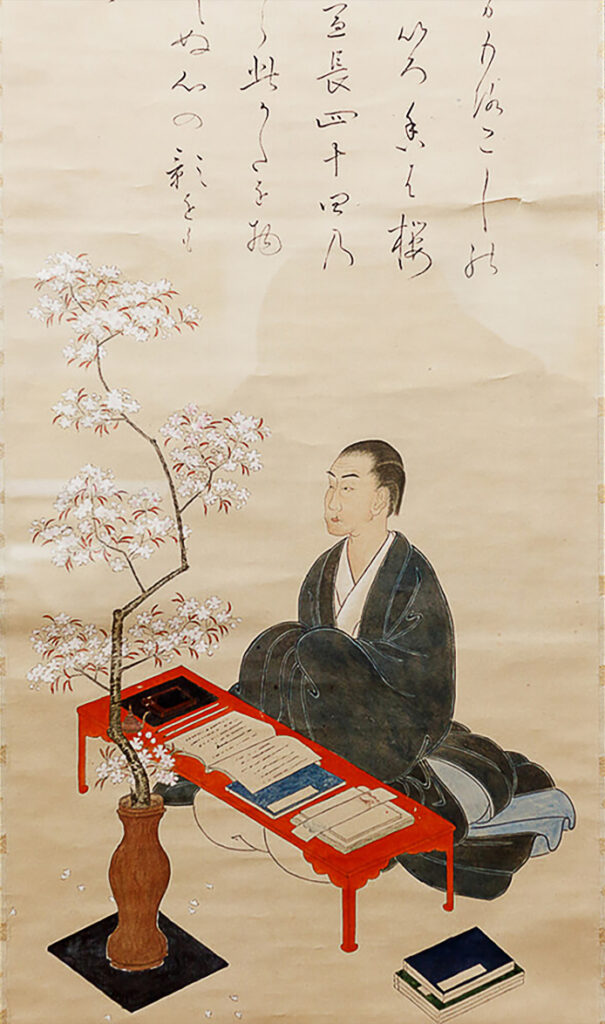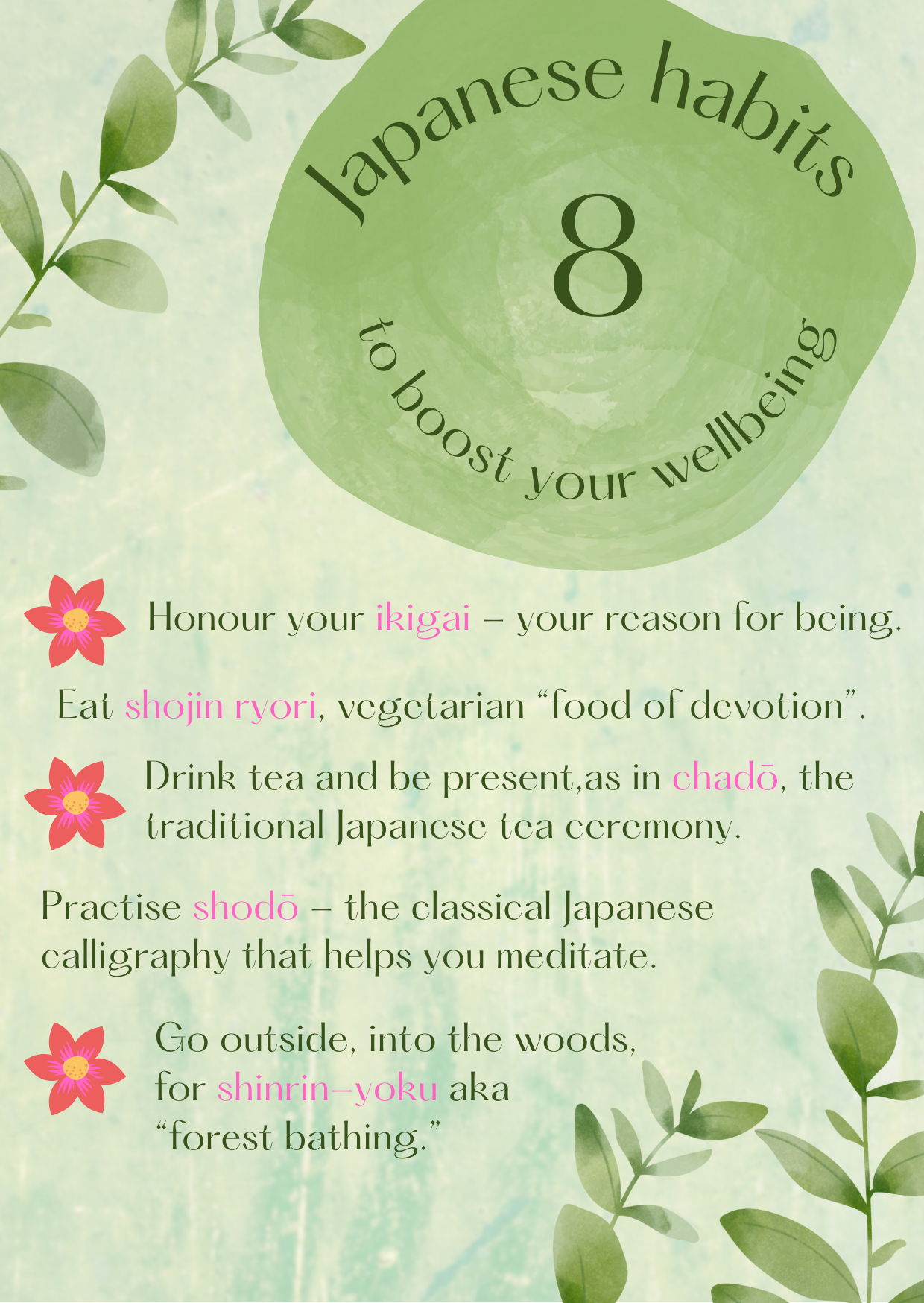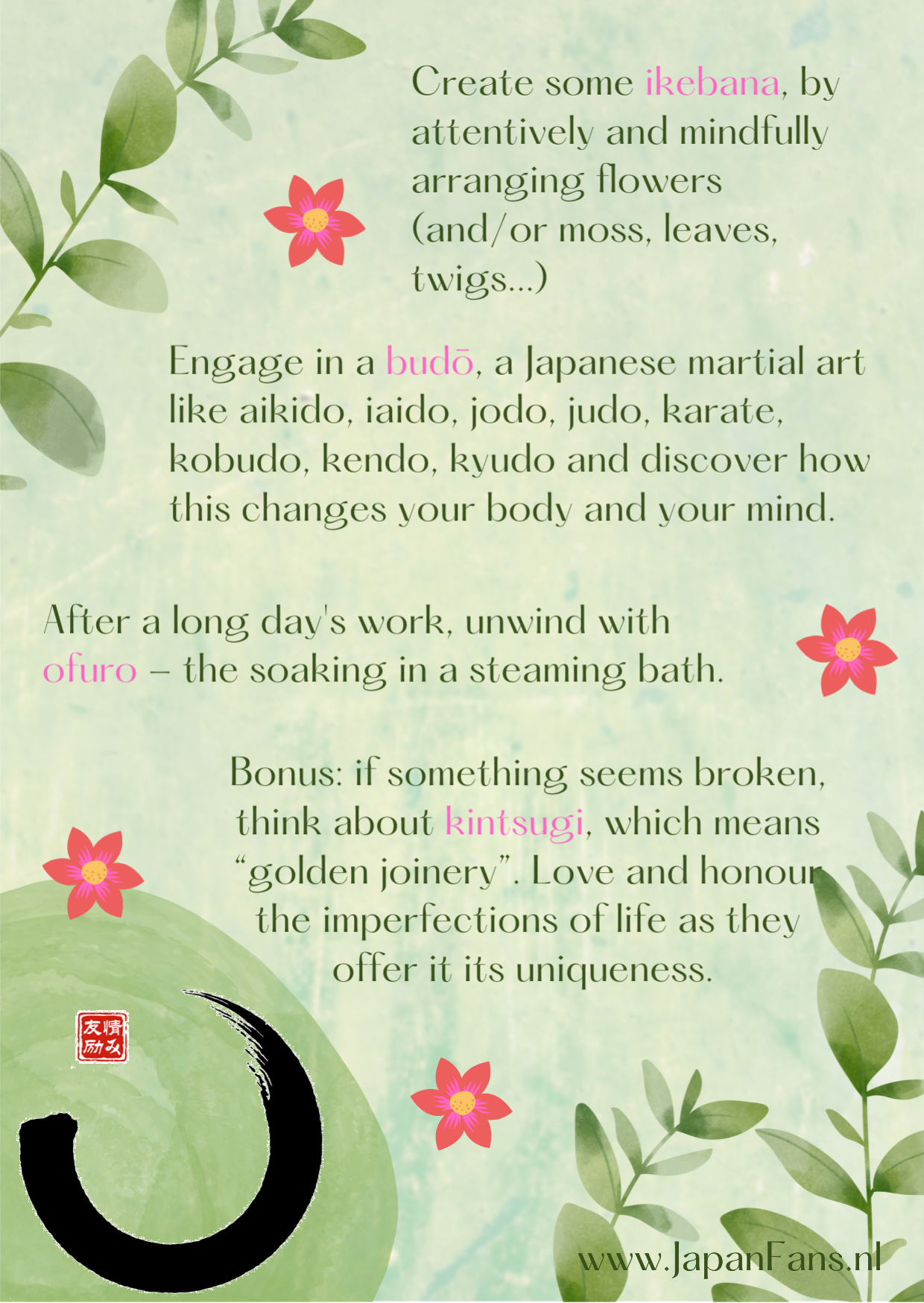A key concept in Japanese music, shodo, haiku and other Japanese cultural expressions is “mono no aware”. But what does that mean, exactly?
Mono no aware (物の哀れ) simply means “the pathos of things,” but it can also mean “empathy for things.” In Japanese culture, it is a crucial term. The word ‘mono’ means ‘thing’ or ‘things,’ while ‘aware’ means ‘feeling’ or ‘sentiment,’ and the particle ‘no’ denotes something an item has.’ As a result, mono no aware refers to pathos or profound feelings of things, as well as the strong emotions that objects can provoke or instill in us.
It also refers to the bittersweet knowledge that everything is impermanent. It is the realization that everything in life is fleeting. The impermanence of youth, the dying of romance, and the passing of seasons are not to be mourned, but to be embraced and cherished in their impermanence, because that is where their beauty lies.
Things would lose their ability to move us if people did not dissolve, if they did not dissipate like smoke. The most valuable aspect of life is its unpredictability.
Aside from tragedy, aware can also mean grief, anguish, or sensitivity, while mono can mean “objects.” While mono no aware is associated with a sense of sorrow, it is intended to be a strongly felt emotion that washes over the feeler as he or she recognizes that everything is ephemeral and of its own time and place. It’s also been referred to as life’s “ah-ness.”
The word ‘aware’ was first employed in Japan during the Heian period (794-1185) as an emphatic word to indicate a sudden and inarticulate feeling – similar to how we use ‘ah’, ‘oh’, and ‘wow’. As a result, Mono no aware can alternatively be interpreted as “the “ahness” of things.” It is the way that something affects us instantly and reflexively before we can put that experience into words – and Japanese art has frequently strived to convey things and situations that have both tremendous and enigmatic emotional influences on us.

Motoori Norinaga
Motoori Norinaga, an eighteenth-century literary scholar, devised the word mono no aware by combining aware, which implies emotion or melancholy, and mono, which means “things.” This emotion, according to Norinaga, is at the very heart of Japanese culture.
He defines the phrase as “the feelings of sympathy a person gets when they realize how transient and impermanent existence is.” Buddhism’s basic concept is the awareness of life’s impermanence. According to Buddhism, life is defined by three characteristics: impermanence, insubstantiality, and suffering.
Suffering comes when people try but fail to grasp the fleeting and intangible components of existence. If people embrace the impermanence of life, Buddhism promises that pain will stop.
Mono no consciousness comes into play here. Impermanence, according to Mono no aware, should not only acknowledged but also cherished. This isn’t to say that impermanence is a good thing.
In mono no aware, there is still sadness, a sadness at the loss of people and things that are important to us. However, there is a calm joy in the fact that we were allowed to see the beauty of life at all. Rather than crying, we are sighing.
Conclusion: What is Mono No Aware?
It all simply comes down to this: cherish the present because the beauty you’ll find there will never be repeated. It’ll be over soon. It will come to an end. And that’s well because, as life moves on, fresh beauty will emerge, possibly of a different kind. Cherry blooms die every season. Every year, though, they return to shower the streets in their ethereal and indescribable death.
Are you interested in Japanese culture & history? Then be sure to check out our series on “Eight Japanese habits to boost your wellbeing” as well!


Eight Japanese habits to boost your wellbeing – made by Martine
